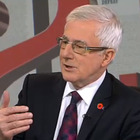
The perception within NZ is that the National government is only playing lip service to climate change by promoting ourselves as clean and green while continuing to promote fossil fuels with road transport and oil exploration.
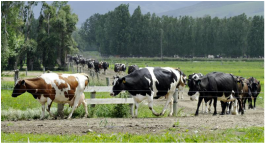
The area we have problems with is our seven million dairy farming cows, three point five million beef cattle and thirty million sheep so that we have ten million cattle against a population of four million people and it is an expanding industry.
Unless we are going to stop dairy farming or can find a way to export their methane emissions with the dairy products and meat, we are stuck with it..
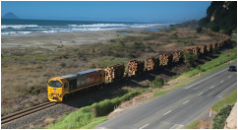
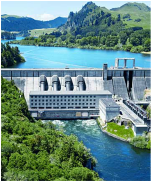
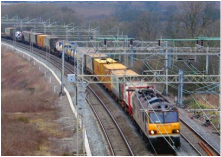
We could reduce our dependence on oil as our sole fuel for transport, reduce our CO2 emissions, reduce our oil import bill and the electricity companies would open up a whole new market.

Electric cars have an increasingly important future and some countries are trialling hire cars at rail terminals so that the commuter can reach his destination quickly and independently.
There is a whole new transport system in its infancy, in Europe in particular, and we need to be making the first steps to embrace it.

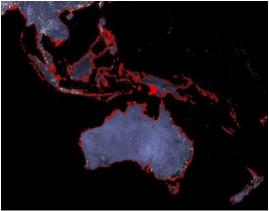
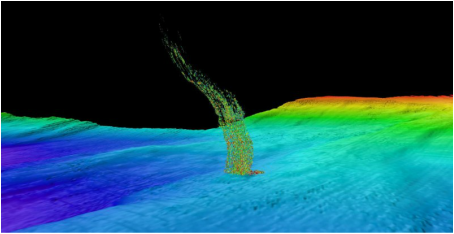

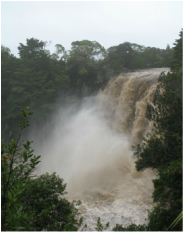
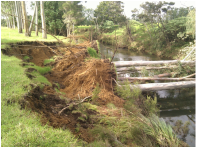
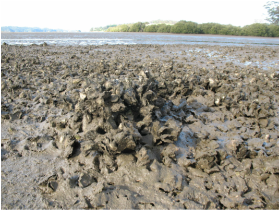
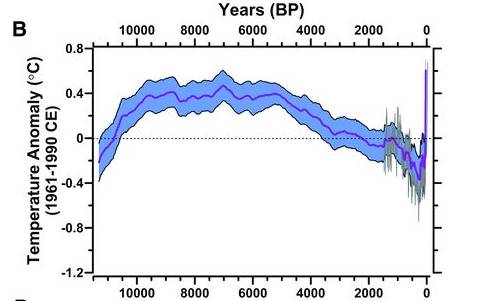
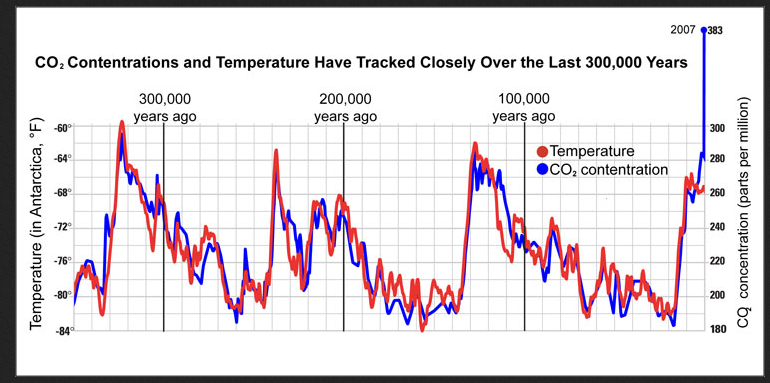
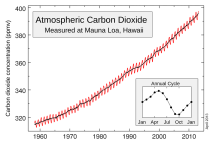
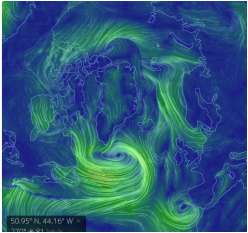
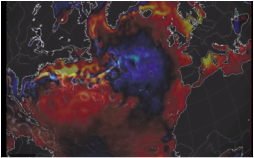

 RSS Feed
RSS Feed